- About Us
- Procedures
- Conditions Treated
- Patient Resources
- Blog
- Contact Us
Spinal nerve compression happens when a nerve in your spine becomes pinched or irritated, often due to a herniated disc, bone spur, radiculopathy, or spinal stenosis, causing pain, numbness, or weakness.

Spinal stenosis is the narrowing of spaces within the spine, which can put pressure on the nerves that travel through the spine. It often causes symptoms like pain, numbness, and muscle weakness, most commonly in the lower back and neck.
Radiculopathy refers to a condition where a nerve root in the spine is compressed, leading to pain, numbness, or weakness radiating along the path of the nerve. It commonly occurs due to herniated discs, spinal stenosis, or other spinal changes.
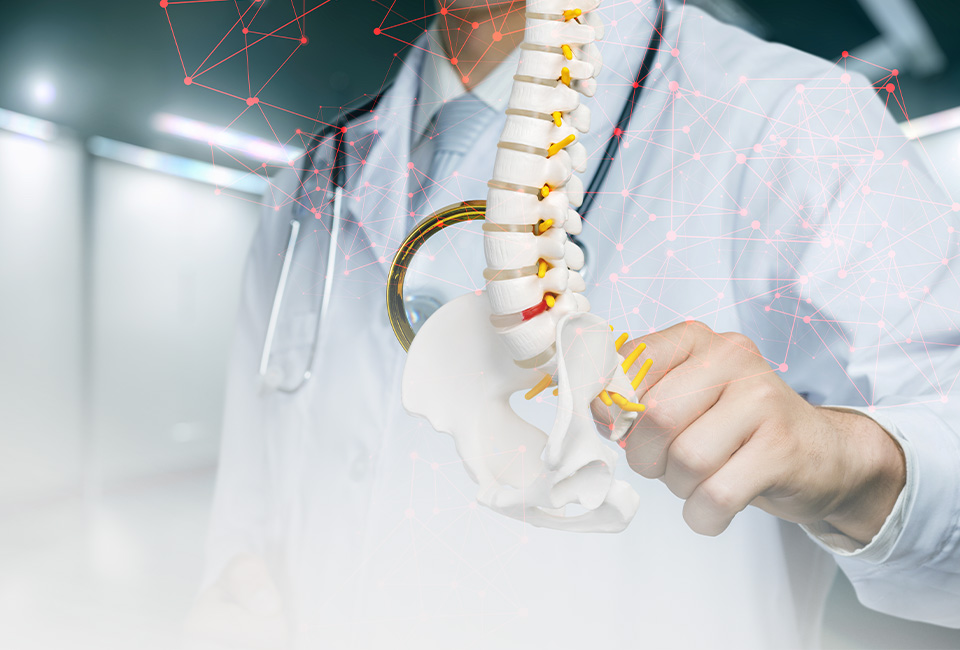
Microdiscectomy is a minimally invasive surgical procedure to remove portions of a herniated disc that are pressing on a nerve root. It is commonly performed to relieve leg pain (sciatica) caused by nerve compression in the lumbar spine.
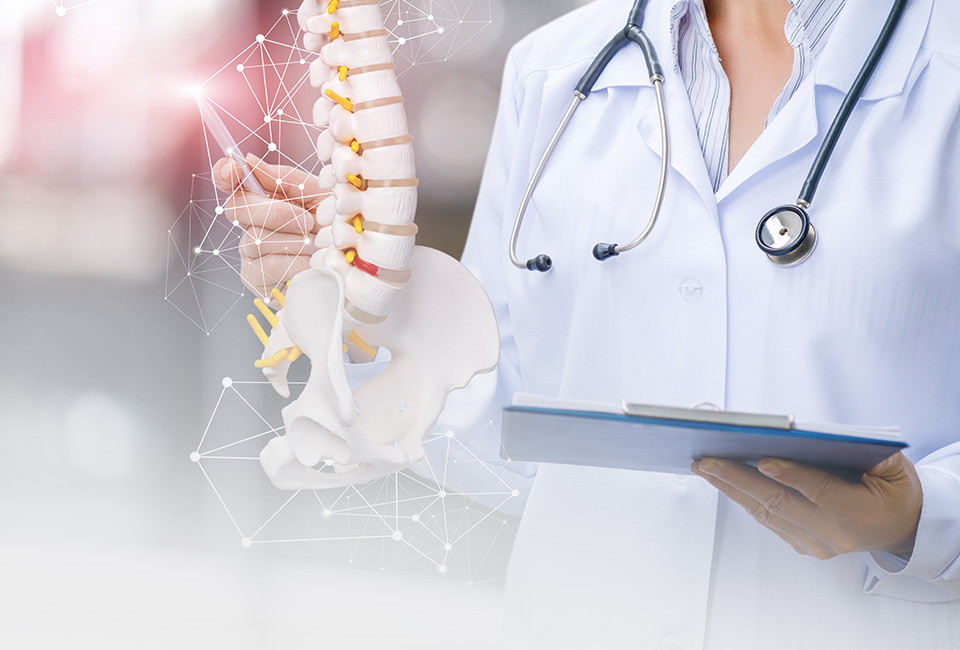
Decompression surgery, including laminectomy, involves removing part of the vertebral bone called the lamina to relieve pressure on the spinal cord or nerves. This procedure is often used to treat spinal stenosis, herniated discs, or tumors.

Minimally invasive spinal fusion involves stabilizing the spine by fusing two or more vertebrae using small incisions and specialized instruments, reducing muscle damage and recovery time compared to traditional open surgery. This technique is used to treat conditions like degenerative disc disease, spondylolisthesis, or scoliosis.
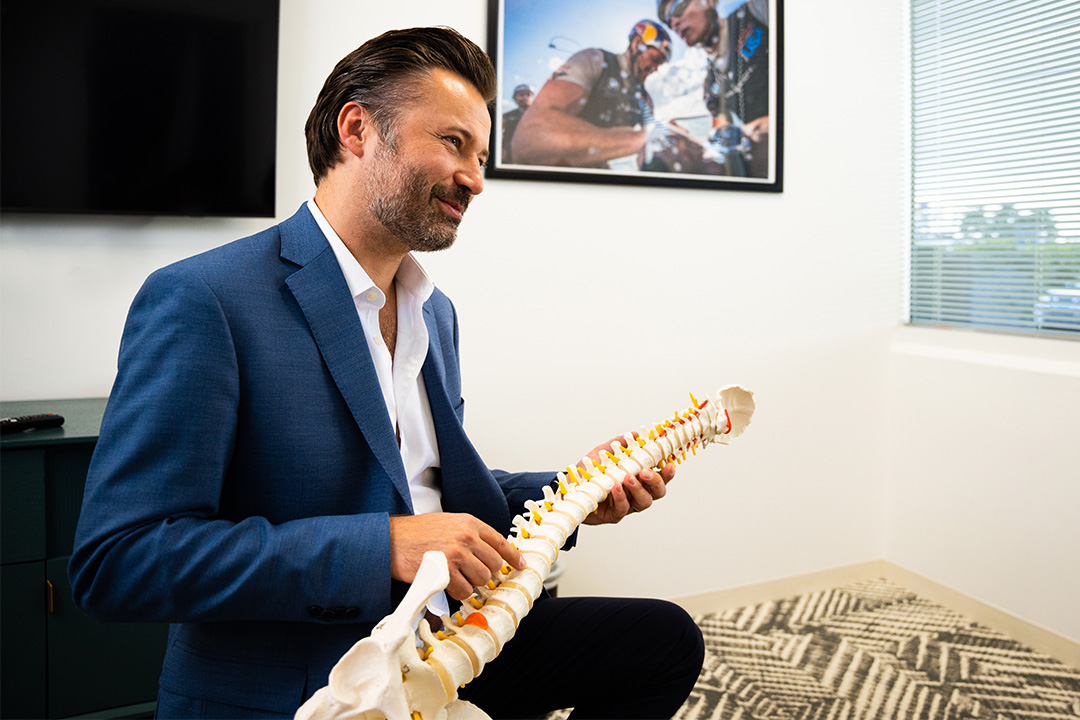
Dr. Macyszyn is skilled in accurately diagnosing the root cause of your spinal nerve compression and providing effective treatment to alleviate your symptoms.
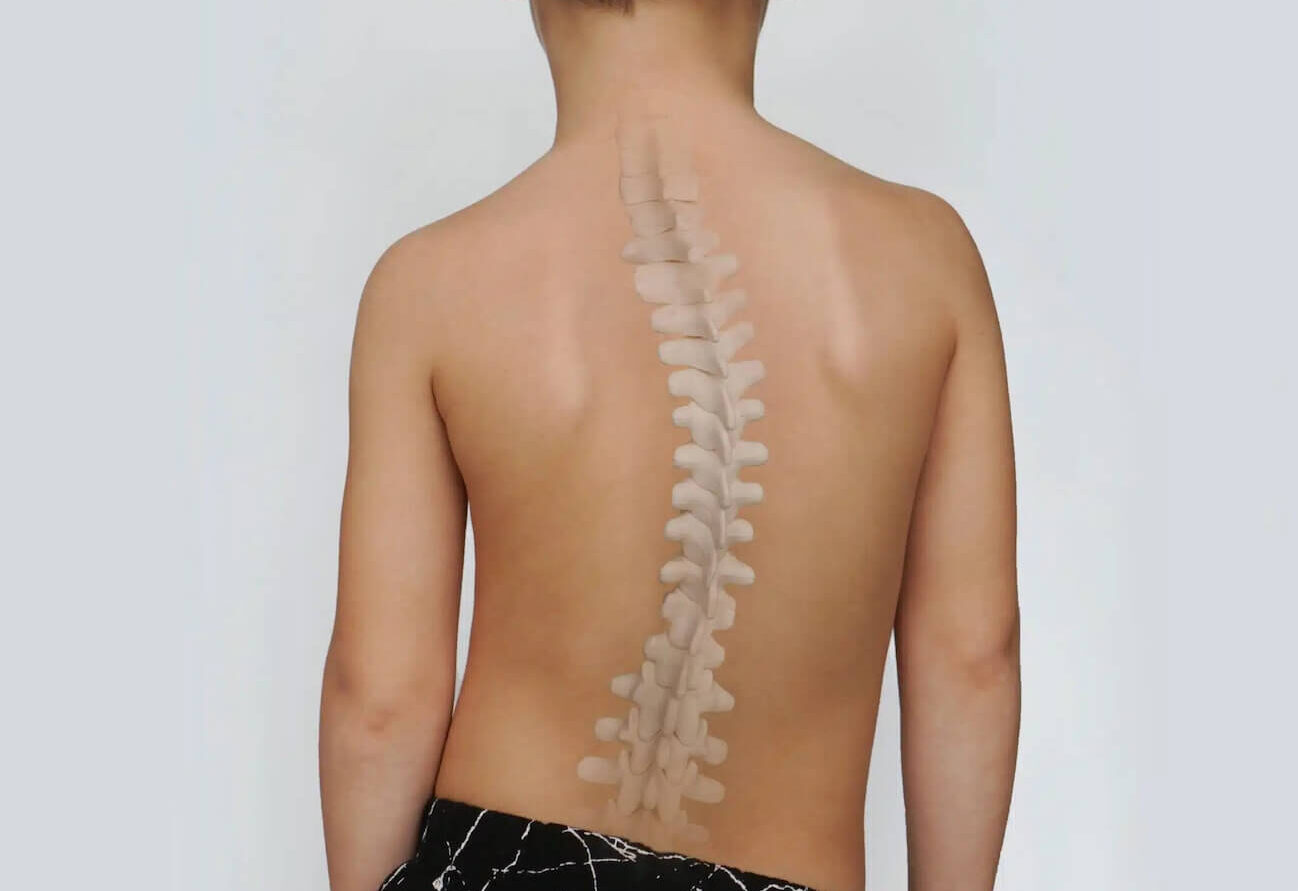

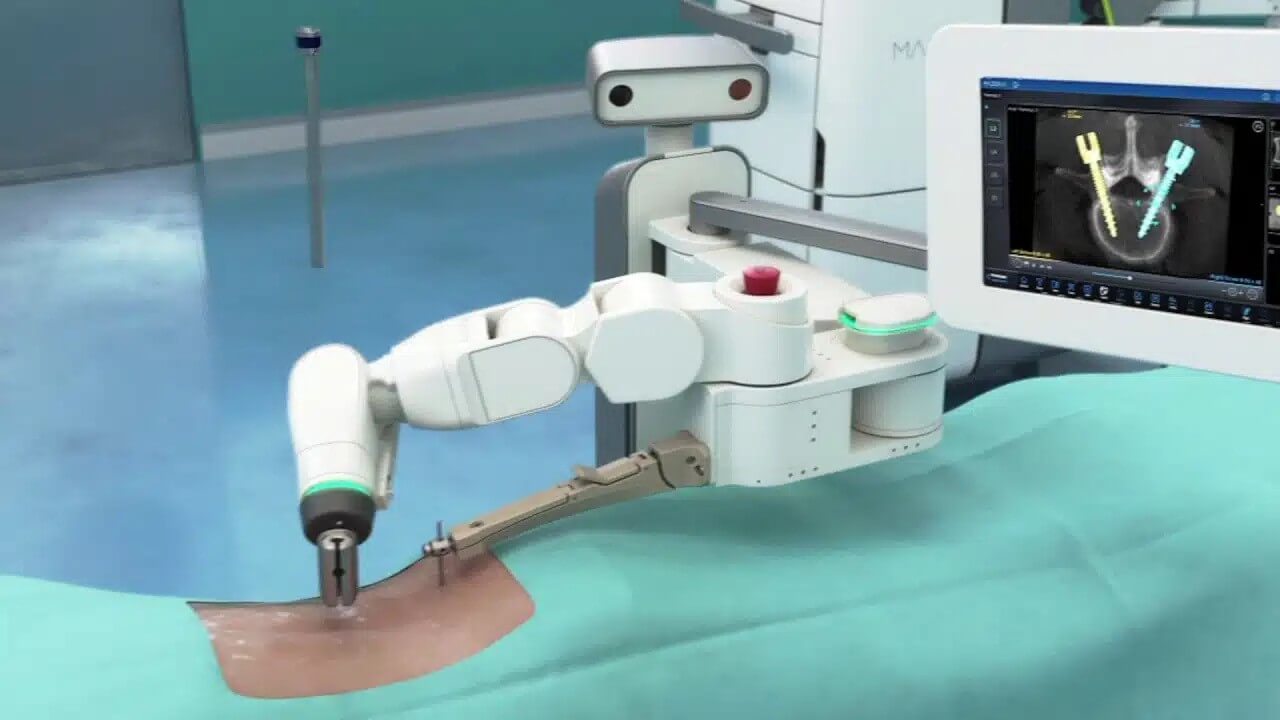
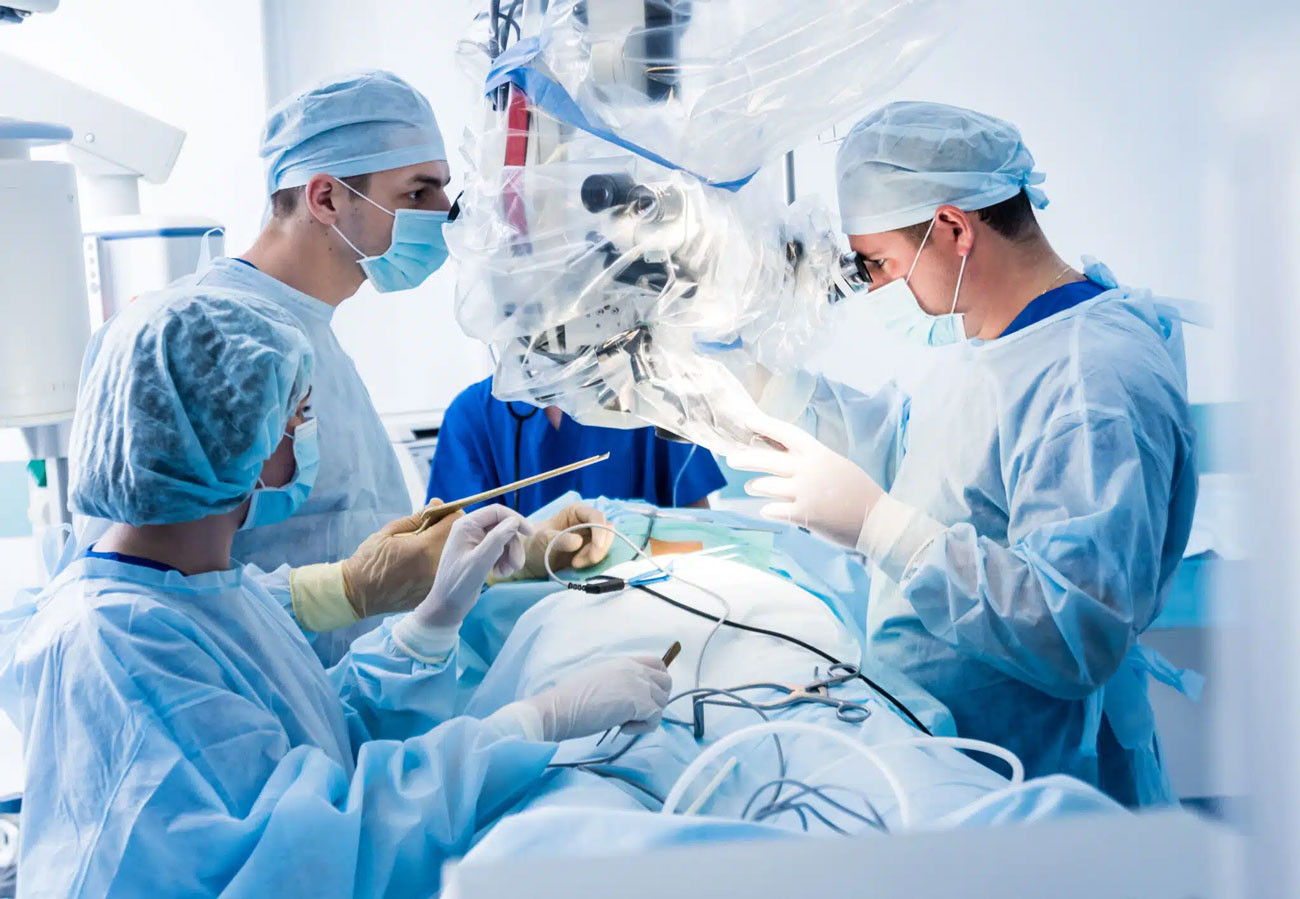


Microdiscectomy is a minimally invasive surgical procedure to remove portions of a herniated disc that are pressing on a nerve root. It is commonly performed to relieve leg pain (sciatica) caused by nerve compression in the lumbar spine.
Decompression surgery, including laminectomy, involves removing part of the vertebral bone called the lamina to relieve pressure on the spinal cord or nerves. This procedure is often used to treat spinal stenosis, herniated discs, or tumors.
Anterior Lumbar Interbody Fusion (ALIF) is a surgical procedure to stabilize the lower back by removing a damaged disc and fusing two or more vertebrae together. Accessed through an incision in the abdomen, bone graft is then inserted into the disc space to promote solid bone growth, ultimately reducing pain and improving spinal stability.”
Anterior Lumbar Interbody Fusion (ALIF) is a surgical procedure to stabilize the lower back by removing a damaged disc and fusing two or more vertebrae together. Accessed through an incision in the abdomen, bone graft is then inserted into the disc space to promote solid bone growth, ultimately reducing pain and improving spinal stability.”